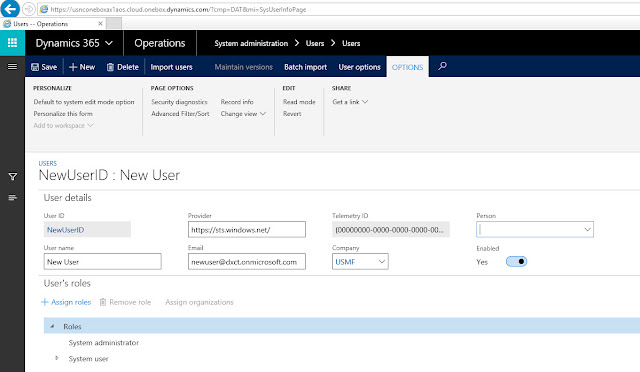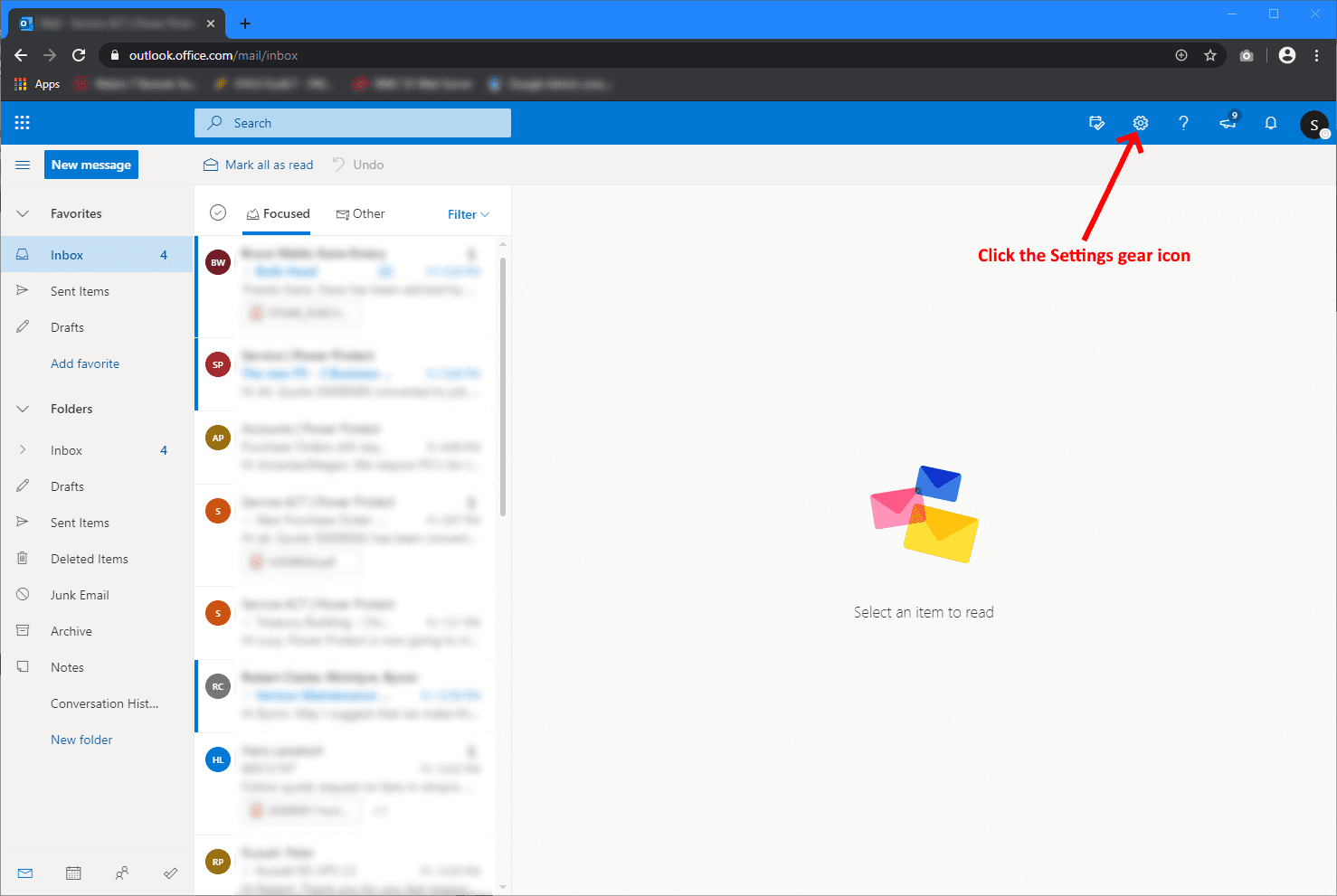

You also export and filter these results. In the example above, I had deleted an instance of Dynamics and created a new one, which you can see from the “Item” Column. Results are displayed to the right and include details like IP Address and a general description of the activity: If you still don’t see it, you may not have access request your administrator to give you the Global Admin role.Īfter navigating to the Security & Compliance app, click on “Search & investigate”, then “Audit log search”:įrom this screen, you can enter search criteria based on Activities (this is a massive drop-down list organized by Application), Start & End date of activity, specific Users, and File/Folder/Site (you only need part of a name or URL). If you don’t see the Security & Compliance icon, select “Explore all your apps” and search for it.

Under Language, choose the language you want, and then choose Install. To access and search these logs, log into . Sign in to the Microsoft 365 admin center, and choose Office software. To learn more about Audit Logs in Office 365, check out this article from Microsoft. I believe the bottom three activity types refer to SharePoint and OneDrive. From these logs, it’s possible to see basic activities from the following apps: Did you know that Office 365 has a robust auditing feature that allows you to search for all kinds of user activity? You can check to see if a User was added or removed from Office 365 (and who did it), see who activated a process or plug-in in Dynamics 365, and so much more.


 0 kommentar(er)
0 kommentar(er)
